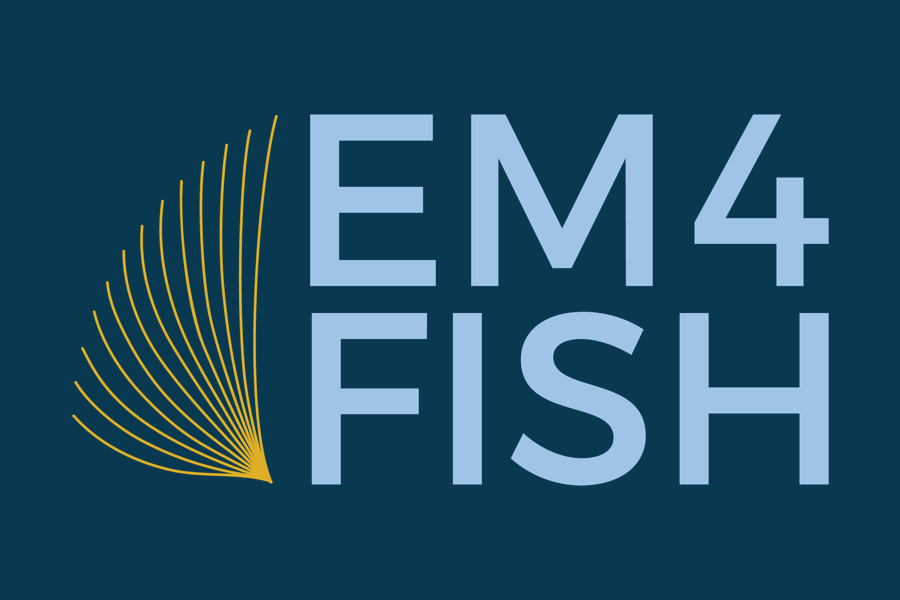Mandatory EM in the U.S. Atlantic pelagic longline fishery provides a benefit over other international longline fleets.
In 2017, the International Commission for the Conservation of Atlantic Tunas (ICCAT) completed a stock assessment of North Atlantic shortfin mako sharks, finding that the stock was overfished and experiencing overfishing. This stock status was a marked change from the previous assessment and the resulting scientific advice called for a substantial reduction in catches of this species across all ICCAT fisheries. The urgent question facing delegations from the 52 countries participating in the ICCAT annual meeting became, what conservation measures could be adopted to end overfishing of shortfin mako sharks?
A number of delegations, including the United States, worked together to propose conservation measures requiring vessels to release North Atlantic shortfin mako sharks in a manner causing the least harm to the sharks, with some limited provisions for retention. One such provision was to allow retention of dead shortfin mako sharks, while releasing all shortfin mako brought to the vessel alive. In the U.S. Atlantic pelagic longline fishery, on average 75% of shortfin mako sharks are alive upon capture. This provision addresses overfishing of this species while also minimizing waste in the pelagic longline fishery, as there is a market for the meat of shortfin mako sharks. The question now before the delegations was, how can managers monitor whether shortfin mako sharks are dead or alive when they are brought to the vessel?
Since 2015, NOAA Fisheries has required all U.S. pelagic longline fishermen fishing in the Atlantic to run electronic monitoring (EM) systems on their vessels. The EM systems were put in place to monitor catch of bluefin tuna and verify fishery dependent data, as part of comprehensive changes to the management of Atlantic bluefin tuna in the United States. Since EM systems record all fishing trips on pelagic longline vessels while fishery observers only observe a portion of fishing trips, EM was a good option to allow retention of dead shortfin mako sharks. The United States worked with other delegations to propose including EM in the measure, in addition to observers, to monitor whether shortfin mako sharks are dead or alive when brought to the vessel and enforce release of all live shortfin mako sharks. The option to use EM was adopted as a piece of the binding ICCAT recommendation on North Atlantic shortfin mako sharks in 2017.
NOAA Fisheries is currently undergoing rulemaking to implement long term conservation measures for shortfin mako sharks, consistent with the measures adopted at ICCAT and including proposed use of EM to monitor shortfin mako shark catch.

